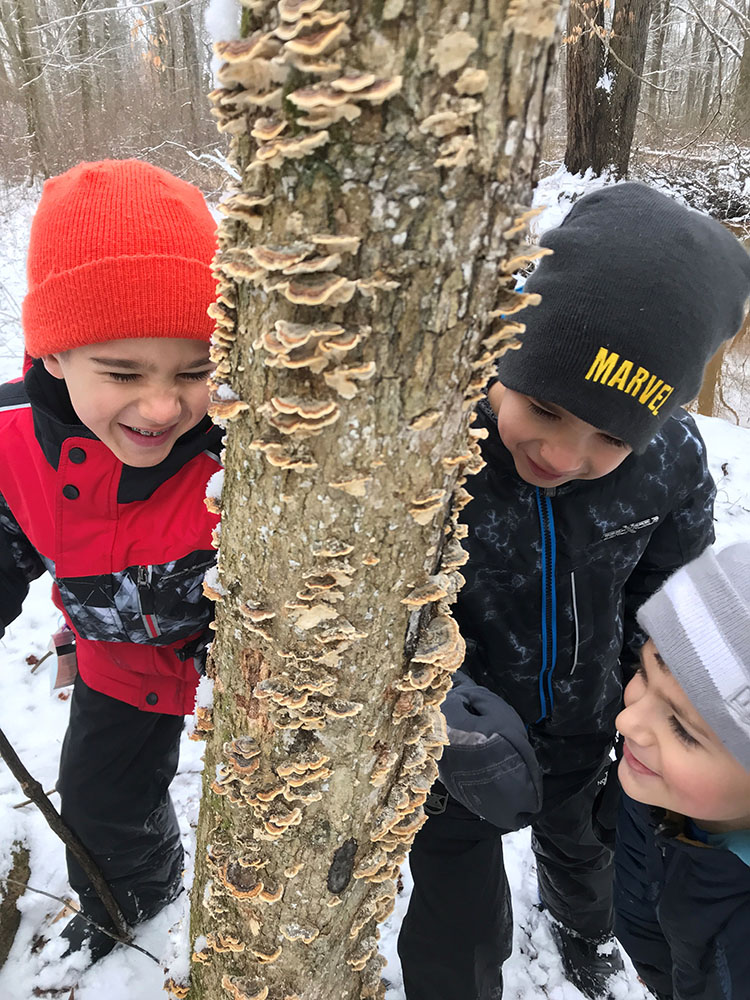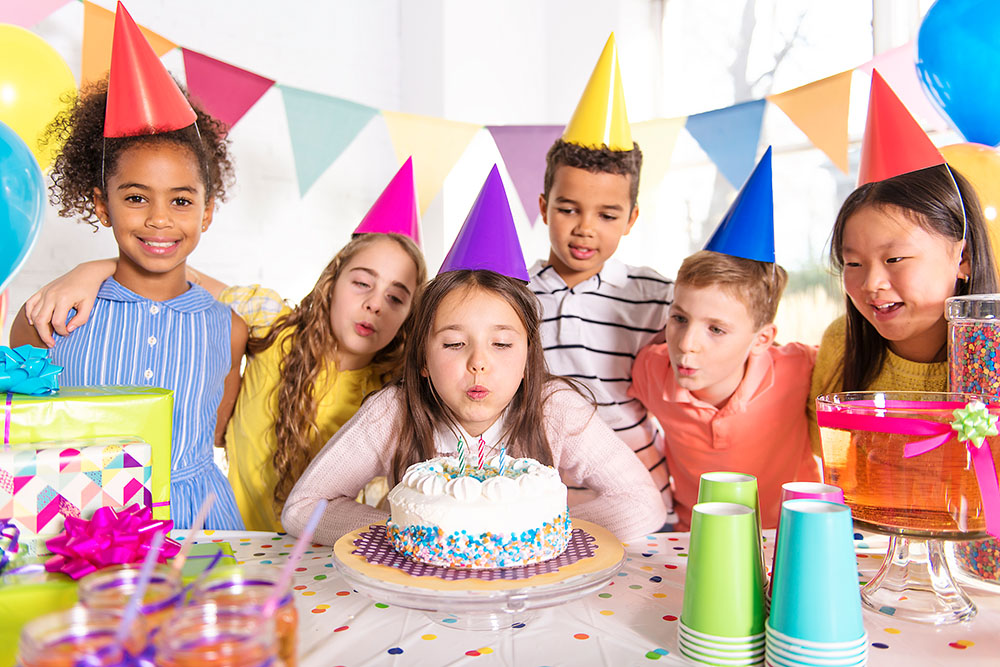Given the long history of Quakers in the Delaware Valley — Pennsylvania, after all, was founded by and named for one of the most prominent Quakers to settle in the colonies for the right to freely practice his religion — it’s hardly surprising that the region is home to a substantial number of established Friends schools. Among the many unique lessons independent Friends schools offer is a method of nonviolent conflict resolution rooted in the peaceful focus of Quakerism, known as the Religious Society of Friends — one that stresses justice, tolerance and respect for all.
“When there has been a hurt in a community, how do you help the community and that person heal?” posits Deborra Sines Pancoe, associate director of the Philadelphia-based Friends Council on Education. “Across the board, peaceful conflict resolution is woven into the ways teachers deal with children from the earliest ages.”
To foster a “climate of collaboration and respect” in which students learn to handle the peer disagreements and frustrations that occur during the course of a normal school day, Friends teachers — and, gradually, older students who form small advisory peer groups that help solve problems, “almost like a family,” says Sines Pancoe — model several techniques parents can adapt to de-escalate kid conflict in their own homes.
Morning circle
Friends students, says Sines Pancoe, “are listened to by teachers and known well; we want to hear their stories.” Therefore, when kids speak about what’s going on in their lives during the morning circle that starts each day, “Skillful teachers pick up on places where conflict might arise.”
Parents can similarly learn about and head off potential issues by engaging their kids in a morning circle–type scenario conducted at a time better suited to their schedule, be that at the dinner table or driving between activities. “Some of my most important conversations with my kids came in the car,” Sines Pancoe says.
“Anger Mountain”
“The first thing we do toward conflict resolution is teach kids to control their impulses,” says Penny Colgan-Davis, principal at Philadelphia’s Frankford Friends School. “We start by helping them develop an effective vocabulary. Kids who can name their feelings — are they annoyed? frustrated? hurt? — are much more in control of their impulses.”
To demonstrate this visually, teachers draw a slanted line representing “Anger Mountain,” above which, Colgan-Davis says, is “our anger, and below is our ability to think. When kids are at the top, they’re at their lowest ability to think; that’s usually when they act out. They see the picture and get [the concept] right away,” learning to react once they’ve calmed down.
I to I
This protocol teaches kids to “talk it out,” speaking in terms of “I” while looking one another in the “eye,” says Sines Pancoe. “In the beginning, the teacher is the facilitator, allowing both children to speak and rephrasing to show that she was listening: “ ‘It sounds like you both wanted the ball at recess. How will we solve this?’ ” No blame is assigned, which fosters creative problem-solving agreeable to both parties.
As kids become more adept at handling one-on-one conflict, I to Eye helps them learn to make respectful requests. An example: “ ‘I was working on my paper. It fell, you stepped on it and messed it up. Next time, please pick it up.’ ”
Time for reflection
Friends schools build in time for reflection, an important aspect of Quaker tradition. These brief daily moments of silence, says Sines Pancoe, “become a kind of habit and cultivate a culture where students are encouraged to pause and reflect, which helps them dial it down.”
Springboarding off this idea is a classroom “peace corner — a special place where children who are feeling unsettled can remove themselves to, not as a punishment but as a place to go and collect their thoughts before they come back to the group,” Sines Pancoe explains.
Open-ended communication
The Quaker practice of posing “queries” rather than yes-or-no questions fosters open-ended communication. “It’s deeper than ‘How was your day?’ ” says Sines
Pancoe. “It’s ‘What book did you read? What ideas did you talk about in history?’ It’s about ‘You’re important to me; I want to know what you think.’ ”
Instilling the Friends method of conflict resolution does take some time, says Colgan-Davis, who will lead a parent/teacher bully-prevention workshop this coming November (click here and search "bully prevention" for info). But it works. Children new to Friends schools, she reports, often remark on the lack of bullying. “They get assimilated into the culture of a peaceful environment, where even the youngest kids develop empathy.”






